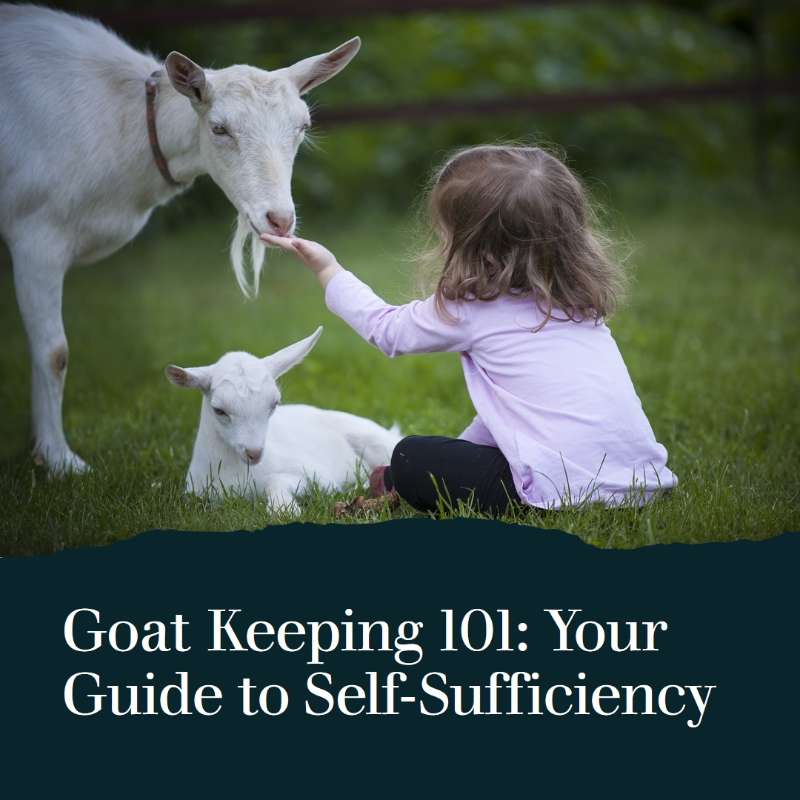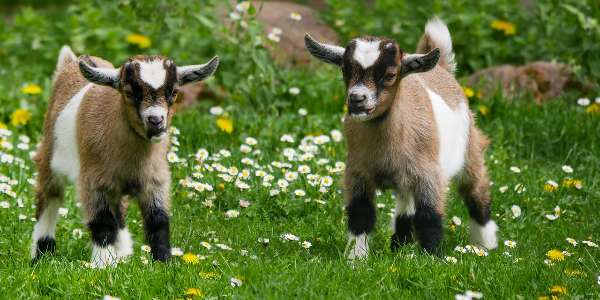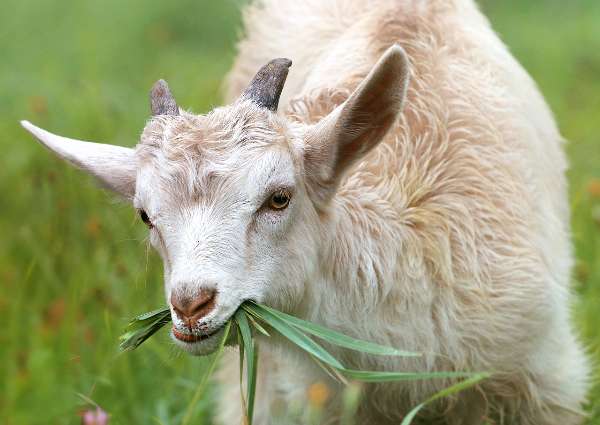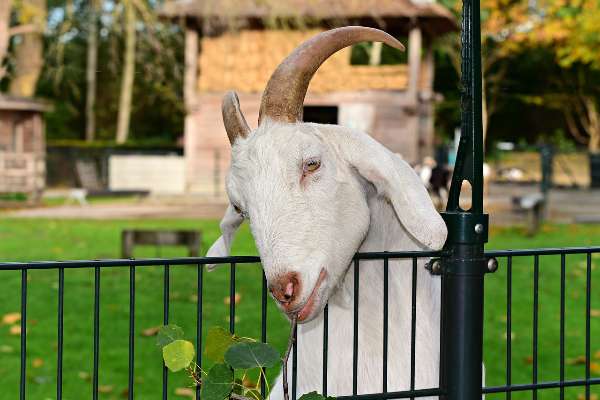Goat Keeping 101: Your Guide to Self-Sufficiency

Make sure to like Living Green and Frugally on Facebook, Shop at Amazon to help support my site and explore our PINTEREST BOARDS for innovative ways you can become self-sufficient.
Homesteading embodies self-reliance, sustainability, and a connection to the land. One integral aspect of homesteading that encompasses these principles is goat keeping. Goats are versatile, multi-functional animals that can be invaluable additions to a homestead. From providing milk, meat, and fiber to offering natural land management solutions, goats stand as an essential component of a self-sufficient lifestyle.
Why Keep Goats on a Homestead?
Multi-Purpose Benefits:
Goats are known for their adaptability and various contributions to a homestead. Firstly, they are exceptional milk producers, with certain breeds like the Nubian, Saanen, and LaMancha renowned for their high milk yield. Goat milk is nutritious, easily digestible, and ideal for making cheese, butter, and other dairy products.
Secondly, some breeds like Boer and Kiko are specifically bred for meat production. Their robust nature and fast growth make them valuable for supplying high-quality, lean meat.
Additionally, Angora and Cashmere goats are bred for their luxurious fiber, providing high-quality mohair and cashmere wool, respectively. These fibers are prized for their softness and durability, making them sought-after materials for textiles.
Natural Land Management:
Beyond their agricultural benefits, goats serve as excellent natural land managers. Their browsing habits help control overgrown vegetation and invasive plant species, reducing the need for machinery or chemicals in land maintenance. This innate ability to clear land makes them essential in maintaining a balanced ecosystem on a homestead.

Best Goat Breeds for Homesteading and Their Characteristics
Dairy Goats:
- Nubian: Known for high butterfat content in their milk, they are affectionate and excellent milk producers.
- Saanen: Renowned for their high milk production, adaptability to various climates, and calm demeanor.
- Alpine: Adaptable to different climates, great milk producers, and known for their hardiness.
- LaMancha: Recognizable by their distinctive ears and valued for their mild temperament and high milk production.
Meat Goats:
- Boer: Noted for their rapid growth, high meat-to-bone ratio, and resilience.
- Kiko: Known for their hardiness, excellent maternal instincts, and adaptability to various environments.
- Spanish: Resilient, disease-resistant, and known for their excellent foraging abilities.
Fiber Goats:
- Angora: Renowned for their mohair production and ability to thrive on marginal land.
- Cashmere: Prized for their fine, soft cashmere wool and adaptability to harsh environments.
Caring for Goats on a Homestead
Shelter and Space:
Provide sturdy shelters to protect goats from harsh weather conditions. Adequate space is crucial for exercise and grazing. A well-fenced area ensures their safety and prevents them from wandering.
Diet and Nutrition:
Offer a balanced diet comprising good-quality hay, grains, and minerals. Adequate fresh water is essential at all times. Goats are browsers and enjoy consuming leaves, bushes, and weeds in addition to their regular feed.

Health Maintenance:
Regular health checks and vaccinations are vital. A healthy goat should have clear, bright eyes, a shiny coat, and display normal eating and drinking habits. Common health issues such as worms, Clostridial disease, skin diseases, and foot problems should be monitored and treated promptly.
Worms:
Regularly deworm goats based on a vet’s recommendation and fecal testing to control internal parasites.
Clostridial Disease:
Vaccinate goats against diseases like tetanus, enterotoxemia, and other clostridial infections to prevent severe health complications.
Skin Diseases and Foot Problems:
Proper hygiene, regular grooming, and hoof trimming can prevent skin diseases and foot problems.
Additional hints and tips
Housing and Fencing Tips:
- Construct shelters with proper ventilation and insulation, ensuring they are raised to prevent dampness and provide ample space per goat.
- Utilize strong fencing, preferably with electric fencing on the perimeter to deter predators and prevent goats from escaping.

Pasture Management:
- Rotate pastures regularly to prevent overgrazing and promote healthier vegetation growth.
- Plant diverse forage options to supplement their diet and aid in natural parasite control.
Social Interaction:
- Goats are social animals and thrive in the company of others. Consider keeping at least two goats to prevent loneliness and provide companionship.
Behavioral Observation:
- Spend time observing your goats regularly to become familiar with their behavior. This helps in early detection of any signs of illness or discomfort.
Grooming and Hygiene:
- Regularly groom goats, especially during shedding seasons, to remove loose hair and prevent matting.
- Keep their living area clean to minimize the risk of diseases and infections.
Breeding Considerations:
- If breeding goats, carefully plan mating to improve breed characteristics or maintain certain traits like milk production, meat quality, or fiber production.
Learning Resources:
- Continuously educate yourself through books, online resources, and local workshops about goat care, breeding, health issues, and general management.
Vet Relationship:
- Establish a good relationship with a veterinarian experienced in goat care. Regular check-ups and consultations are essential for maintaining goat health.
Seasonal Considerations:
- Adapt care practices according to seasonal changes. Winter requires additional insulation and feed, while in summer, ensuring adequate shade and water is crucial.
Introducing New Goats:
- When introducing new goats to the herd, quarantine them initially to prevent the spread of diseases. Gradually introduce them to the existing herd while monitoring their interactions.
Respect Individuality:
- Each goat has its personality and preferences. Respect their individuality and cater to their specific needs and preferences.
Homesteading with goats is a fulfilling journey that requires dedication, patience, and a willingness to learn. Implementing these hints and tips alongside proper care and attention will ensure a harmonious and rewarding experience with these wonderful animals on your homestead.